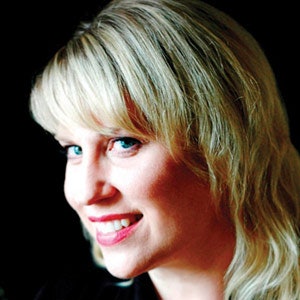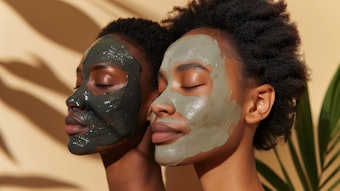
The masking step in your facial treatment has been the one area where true innovation has not been happening in our profession. We have seen the rise of clients using different types of masks that traditionally have been used in the treatment room only, such as collagen fiber masks. Many “short” or express facials are being designed without this important step as well. It is time to add some love to this often overlooked or underrated step.
Mask Types
Masks are designed for various applications such as hydration, acne control and exfoliation. It can be confusing to understand where to use and what exactly the mask is doing to the skin. Understanding the general phases of a facial treatment helps as well, when determining how to use a mask correctly. In general, you have several phases of treatment (see Treatment Phases) that affect the skin in different ways.
Once you have determined what results you want to see in your client’s skin, then you would plan the type of mask to use. Many manufacturers provide you with a protocol based on their formulas, but understanding how you can customize your treatment for the best effect is the fun part of being an esthetician.
I have found it helpful in my career to divide masks into three categories with the general effects on the skin: setting, non-setting and sheet.
Setting masks. Setting masks have a sedating/calming action or stimulating/energizing action with masks that generate heat. Setting masks are designed to provide an occlusive barrier over active ingredients, such as serums and cannot be removed with water alone. An example is alginate powder masks. It takes practice and technique to apply this mask quickly and safely.
Continue reading more about making the most out of the mask step in our Digital Magazine.












